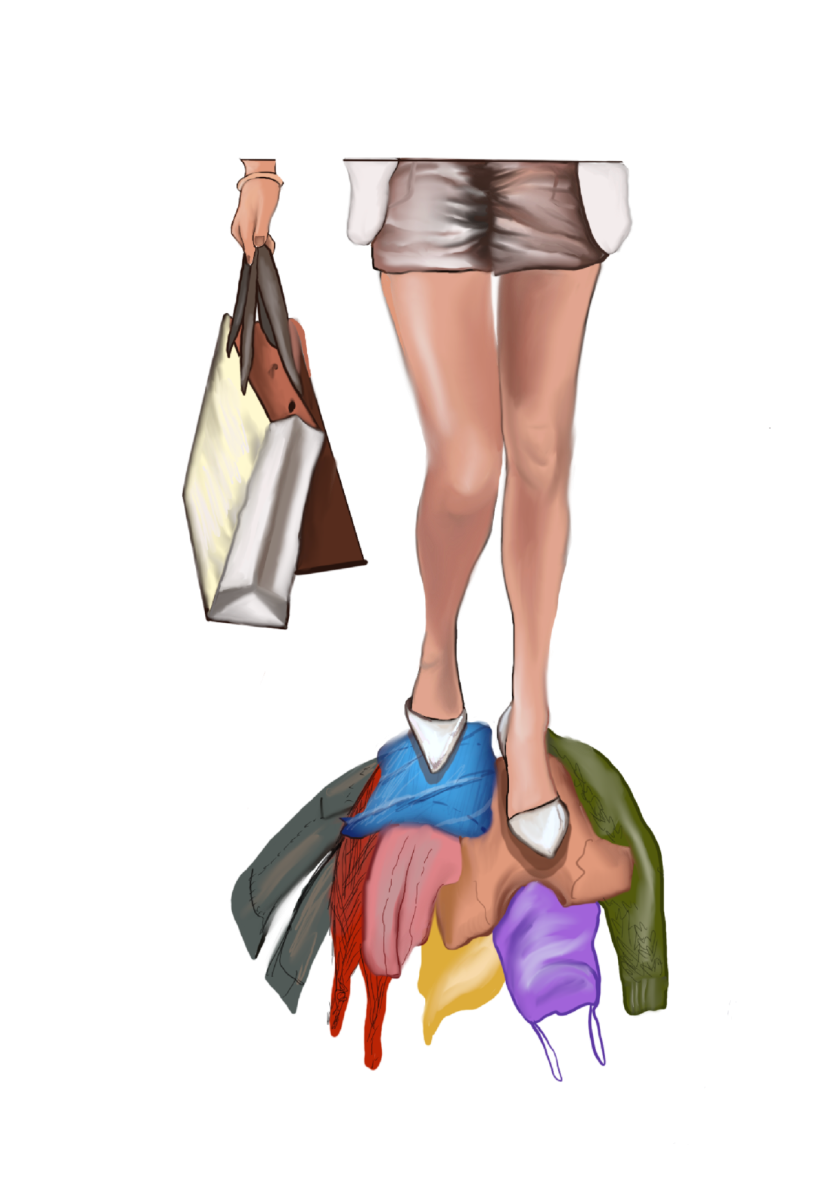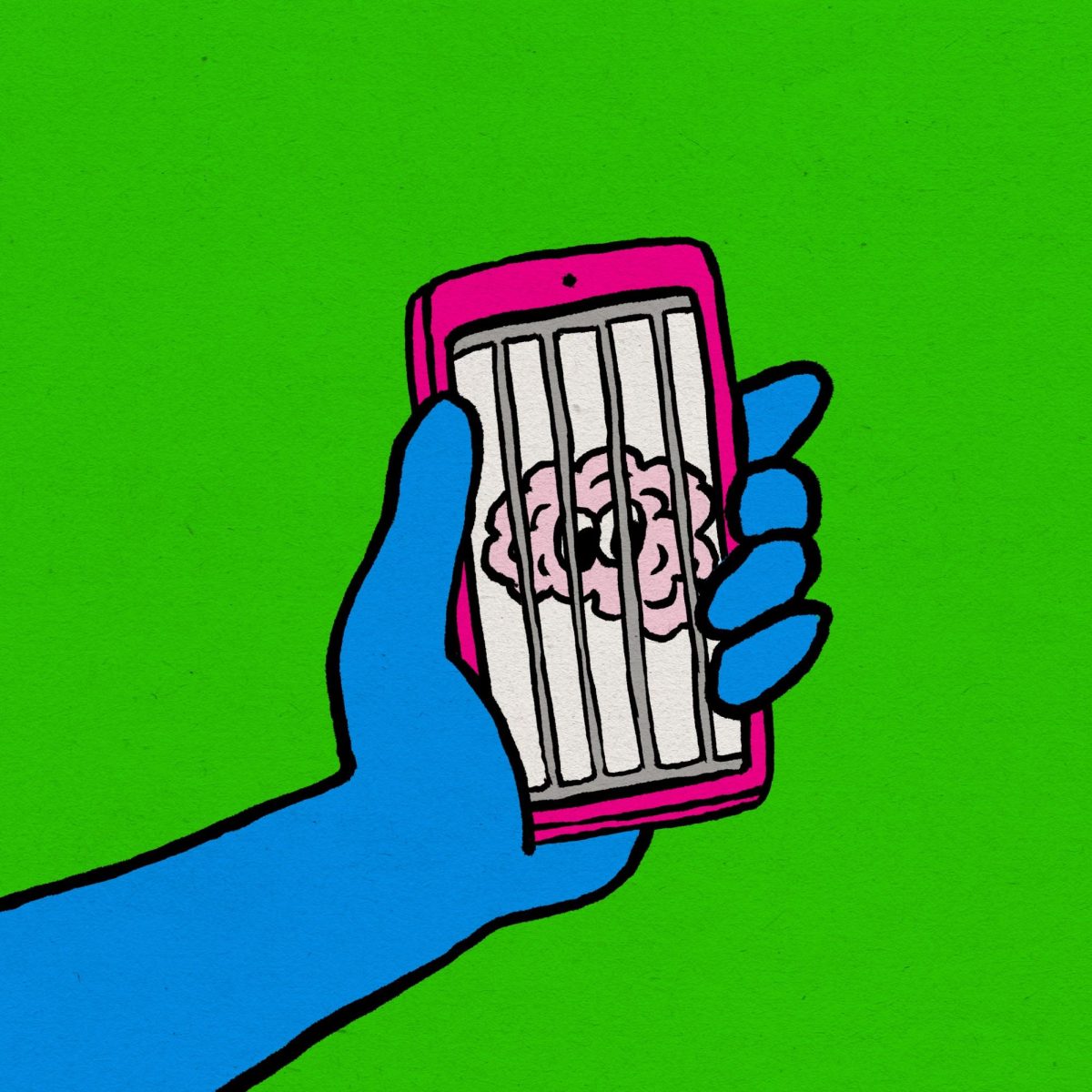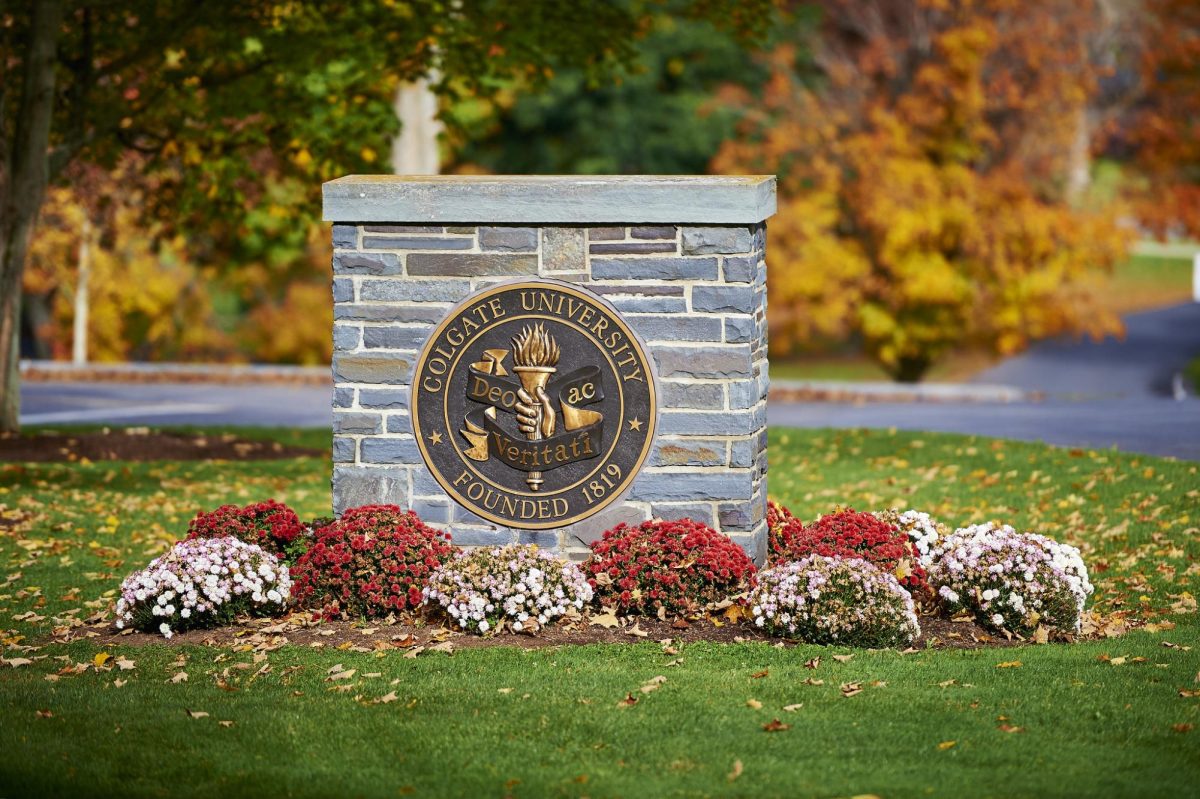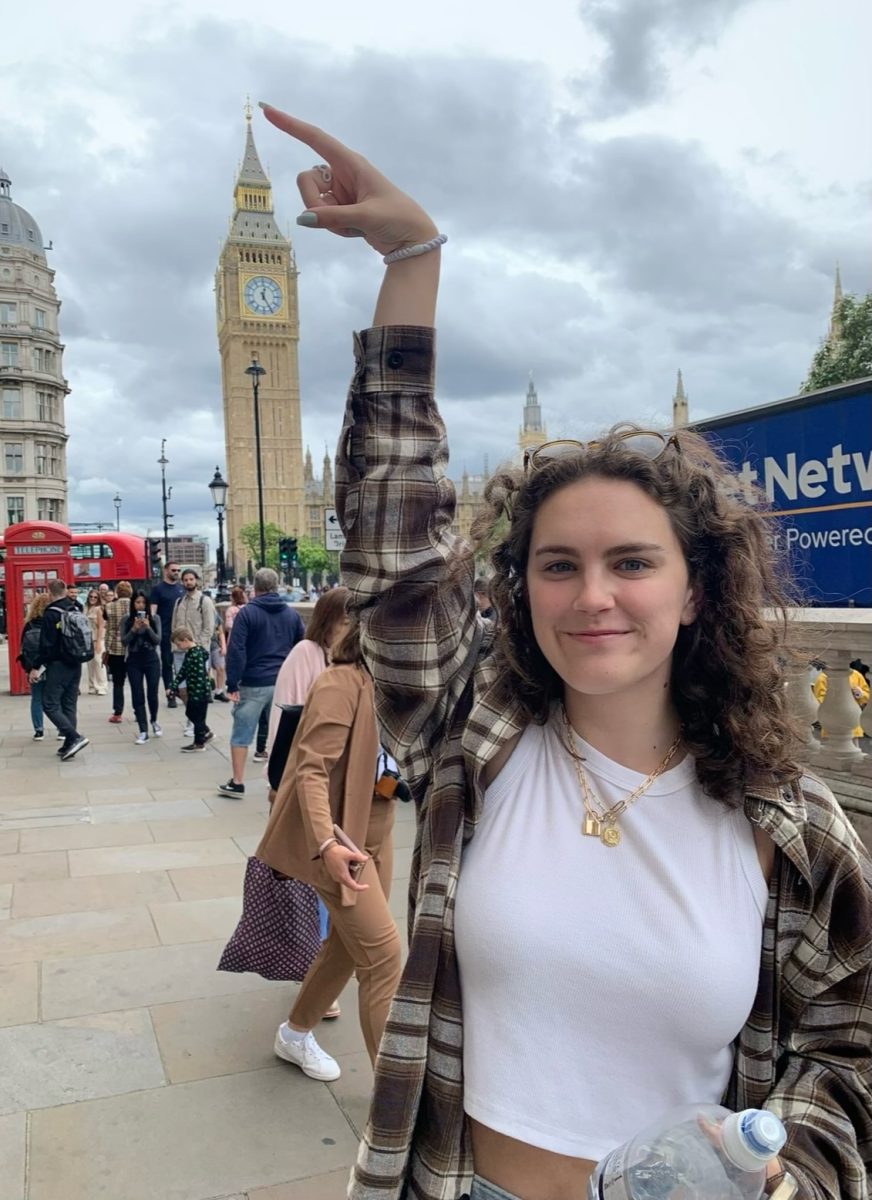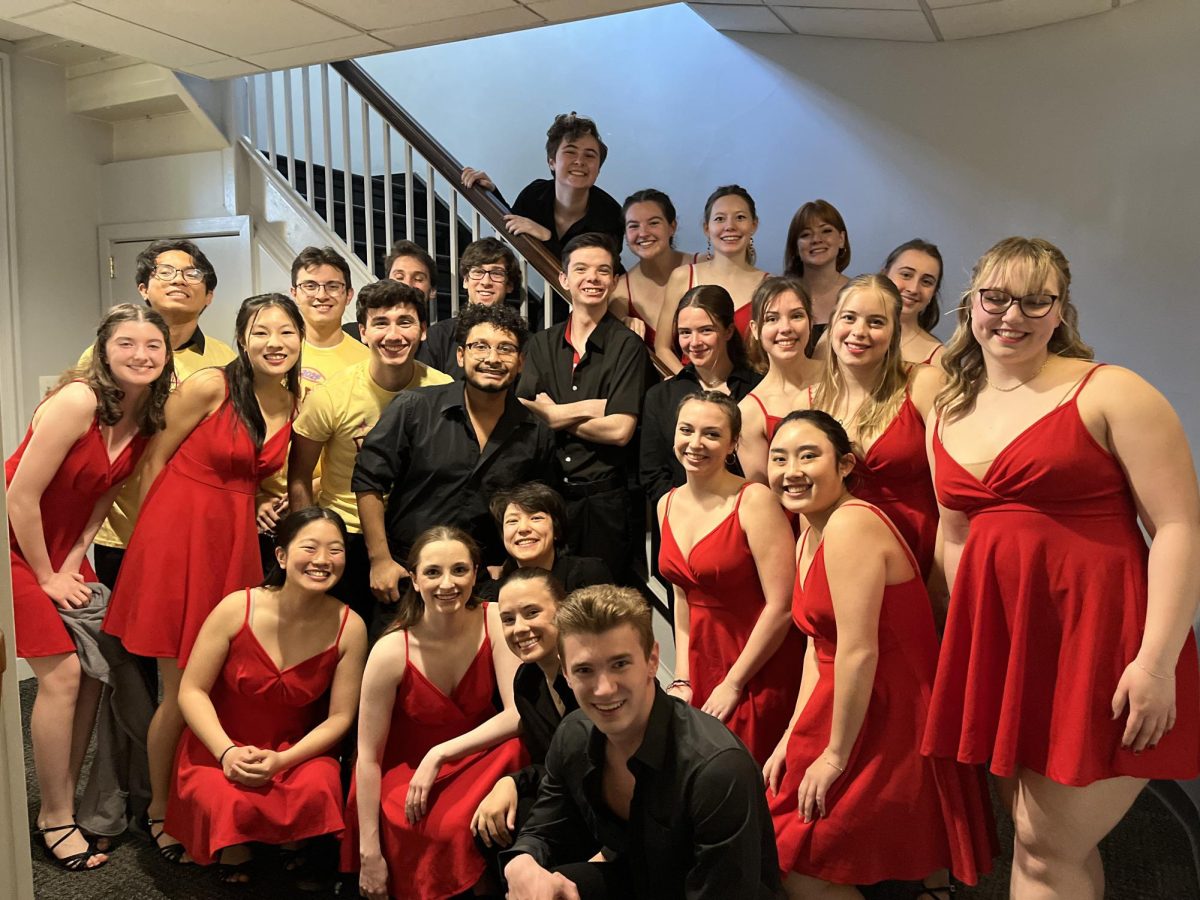According to Colgate University’s website, Colgate’s Core Curriculum aims to expose students “to diverse fields of study and modes of intellectual and creative inquiry across the curriculum and [further] Colgate’s commitment to diversity, equity, and inclusion.” The University’s message is fortified by targeting the five required elements: the First-Year Seminar (FSEM) and Living and Learning Workshop (LLW), Liberal Arts Core Components, the Liberal Arts Practices, Areas of Inquiry and Physical Education and Wellness.
Throughout my experience taking Professor Hill’s Introduction to Women’s Studies class and Professor Sanya’s Black Migrations class, I was quick to realize that these classes were nothing like the education I had experienced prior to college. During a session of office hours with Professor Hill, I expressed how unprecedented this kind of knowledge was to me. During another session of office hours with Professor Sanya, I told her about how I found it a bit difficult to fully analyze and comprehend the complexities of diverse black issues by having a different racial identity. Both professors heard me and contributed tools and wisdom to perform well in these classes, and I thank them for providing me with inspiration and a well-grounded start at Colgate.
Because of these experiences, I’ve come to the realization that we need to be uncomfortable when discussing issues related to diversity.
First, allow me to make the distinction between discomfort and having boundaries crossed. To learn about issues as serious and complex as racism, for example, I think it is important to understand that people have experienced traumatic events that can make conversations difficult and sometimes triggering. Although we have the ability to delve into the inner workings of these issues, we also need to be understanding of those who may find it hard to be in these situations because of their trauma. It’s the basic morality of respecting people’s boundaries.
History, as I learned through Professor Sanya’s Black Migrations class, is far from a non-clandestine image, but with curriculums like hers, we’re part of a generation that has seen action in correcting the faults of our educational systems and bringing to light the gruesome realities of minority and marginalized communities throughout history. In the past decade, the rise of social justice movements has opened not only mine but the public’s eyes to numerous social injustices.
One of the most prominent and successful movements, the Black Lives Matter movement, was initially founded due to the disproportionate police brutality against black people, but has amassed an audience that has now begun to look at racial injustice outside the criminal justice system and into other parts of American society, as discussed by Leslie R. Crutchfield in her article, “Black Lives Matter: From Protests to Lasting Change.”
Education has long portrayed an inadequate representation of slavery, omitting most of its intricacies, as reported by John Heim in The Washington Post. Teachers don’t feel comfortable engaging in the depth of pain, guilt, ignorance and detail in the subject. Often, they barely skim the surface.
The stories of children lynched during the nineteenth and twentieth centuries and 400 years of ruthless enslavement — just to name a few — hold more emotions than what can possibly be written about in a textbook or a mere newspaper article; it’s years and years of pain and suffering that we, including myself, still know very little about. It isn’t pleasant or fun to be faced with these horrifying accounts. We aren’t meant to enjoy this learning experience, either. In order to truly discern this history, we must learn about its dark, twisted elements.
With this being said, we also learn about the brighter end of the spectrum. Take the Museum of African American History and Culture in Washington, D.C., for example. The lower sections take spectators through the history of African Americans in this country, from the start of the transatlantic slave trade all the way to the 2000s (which is the level in which you enter). On the upper floors, the museum takes spectators through various community and culture galleries, demonstrating artifacts of black music, sports and areas where one can share their own stories. This way — experiencing both discomfort and joy — we can get the closest comprehension of history. History is the amalgamation of the diverse journeys of every person who has ever existed. Each journey has its unique set of wisdom and knowledge that can be extracted. This, to me, is what diversity is all about: to observe the most raw version of different socioeconomic and cultural individuals and involve people of these histories in our worldview.
Discomfort is necessary in understanding the present as much as it is in understanding the past. During times when conflict runs rampant in many parts of our world, we have to take the time to get uncomfortable and learn about the gruesome nature behind these bloodsheds. Through this approach, I believe we can discover who has been misrepresented and begin to figure out what we can do to help.
Although I sat uncomfortably in some classes, I realized that everything taught to me was valuable in order to produce change and a safe, diverse environment at Colgate. It wasn’t the most fun learning, but it was necessary and has made me aware.


